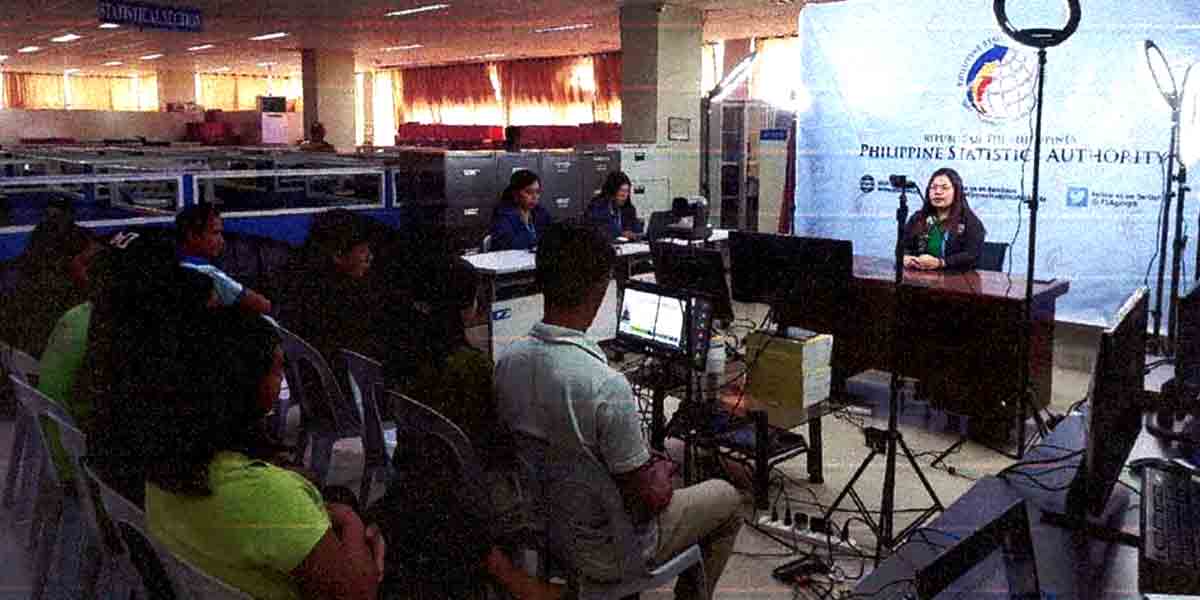
The 2024 Bilang Siklista (citizen bicycle count) recorded 271,555 cyclists across 138 locations in 17 cities and one municipality in the Philippines.
Conducted by 1,269 volunteers in partnership with local governments shows a 7.2% increase across 15 cities compared to last year’s manual count.
The 2024 count underscores the need to sustain and improve cycling infrastructure and safety measures to move more people, according to Mobility Awards Coordinator Arielle Celine Tabinga.
“There is momentum for cycling as a mode of everyday transport, post-COVID-19 pandemic”, Tabinga observed. “What is remarkable this year is that the count suggests that bike lane projects that were invested by taxpayers’ money dating back from Bayanihan 2 are being used by people on bicycles. In cities where bicycle lane infrastructures are improved, we also noted a corresponding increase in the number of bicycle users“, Tabinga said.
The Mobility Awards are calling on local governments and policymakers to prioritize channeling public investments towards protected bicycle lanes, especially in high-traffic areas and areas where LGU efforts are already underway to ensure accessible, safe, and interconnected cycling infrastructure.
Mobility Awards Co-Convenor Aldrin Pelicano of the MNL Moves also urged for the development and implementation of systematic monitoring through regular data collection to evaluate the effectiveness of cycling infrastructure investments, gain a deeper understanding of actual user needs, and develop bicycle lane classifications that more accurately reflect actual usage patterns.
“Our measure of success for transport infrastructure and traffic management investments should go beyond the number of vehicles moved. It should focus on how many people are actually being transported, and the level of comfort and safety they experience on the road. It’s time to prioritize people in our metrics and start counting them,” emphasized Pelicano.
“The exercise of counting cyclists is pushing for something essential—not just for cyclists, but for everyone who breathes air in urban spaces and the climate. Putting people over cars, they’re helping create a world where our streets work for us, not against the people and the planet. Every bike lane and safe road they advocate for isn’t just infrastructure; it’s a statement that we can tackle emissions and make our communities healthier at the same time”, Chuck Baclagon, Co-convenor of Mobility Awards, 350 Pilipinas added.
The recent bicycle count also highlighted a significant gender disparity in cycling, with only 3% being female, equating to three women for every 100 bicycle trips and 56% of cyclists wearing helmets, suggesting perceptions over cyclist’s safety while traversing city roads are still a major concern.
Conducted during peak hours (6 to 8 AM and 4 to 6 PM on weekdays) in June, this year’s bicycle count captured the number of people on bicycles in urban areas, counting all individuals, whether as riders or passengers.
Quezon City recorded a daily average of 21,647 people on bicycles during the survey period. The improvements and expansion of cycling infrastructure have led to an increasing number of bicycle users, with a significant rise in ridership. This is followed by Mandaluyong City recording 20,276 people on bicycles in one day.
Iloilo City had the highest growth rate, with a 49.2% increase in bicycle user numbers, reflecting the positive impact of its continued investment in cycling infrastructure. In contrast, the report shows that cities like Baguio and Cagayan de Oro experienced declines, mainly due to the challenges of hilly terrain and a lack of sufficient cycling infrastructure.
Representatives from key government agencies, such as the Department of Transportation (DOTr), the Department of Public Works and Highways (DPWH), and the Metropolitan Manila Development Authority (MMDA), were also present at the event. They acknowledged the need for stronger collaboration in enhancing urban cycling infrastructure to ensure that cities evolve in ways that prioritize safety and sustainability for all road users.
Nazrin Castro, Mobility Awards Co-Convenor also emphasized that “Investing in active mobility is a vote for our planet’s salvation— when we promote emission-less transport alternatives, we contribute to a global movement against the climate crisis. We boast here both an increased number of cyclists and volunteers. Bicycle count activities then become more than just an exercise of data collection: it also carves a path for community engagement on climate-focused solutions.”



















